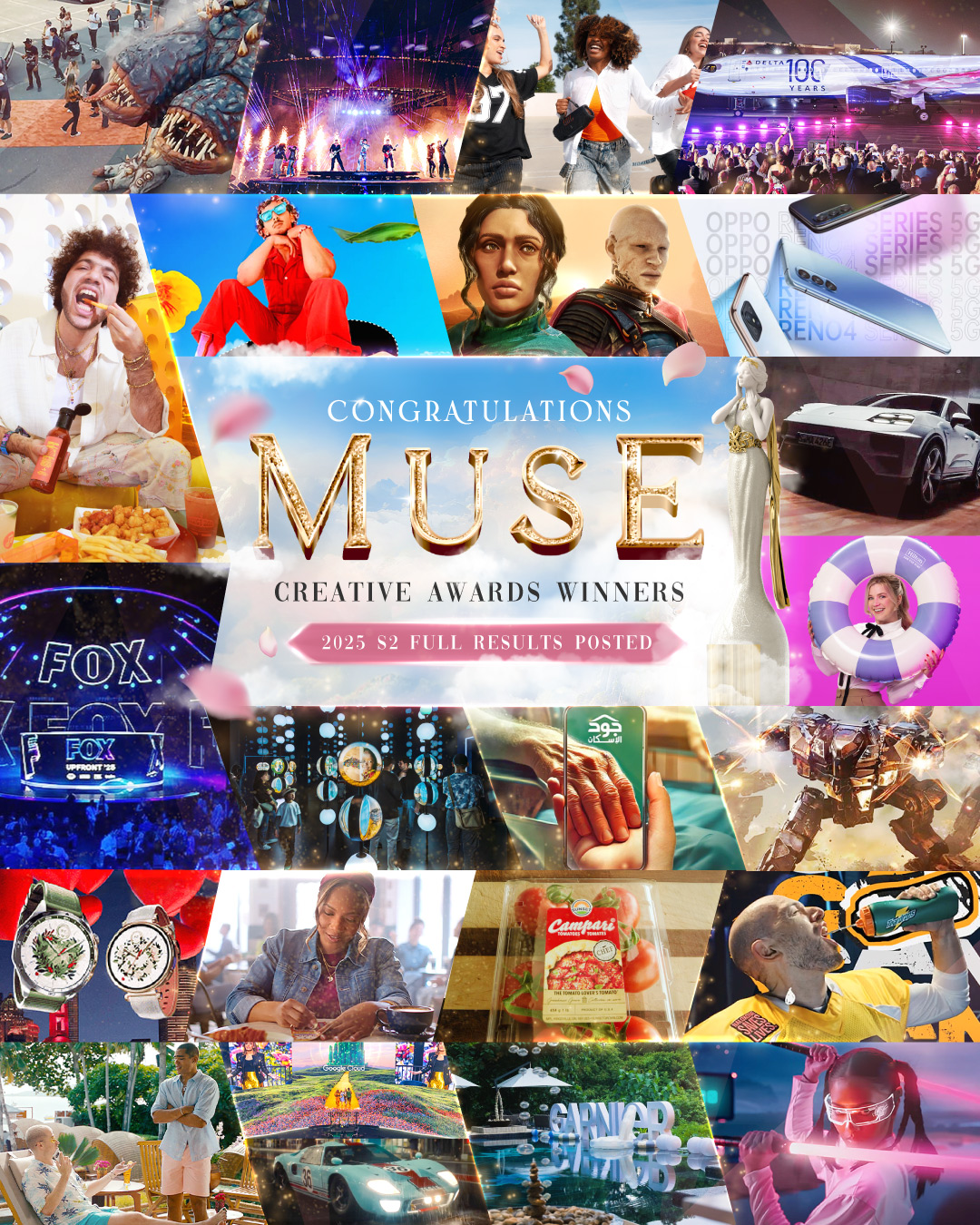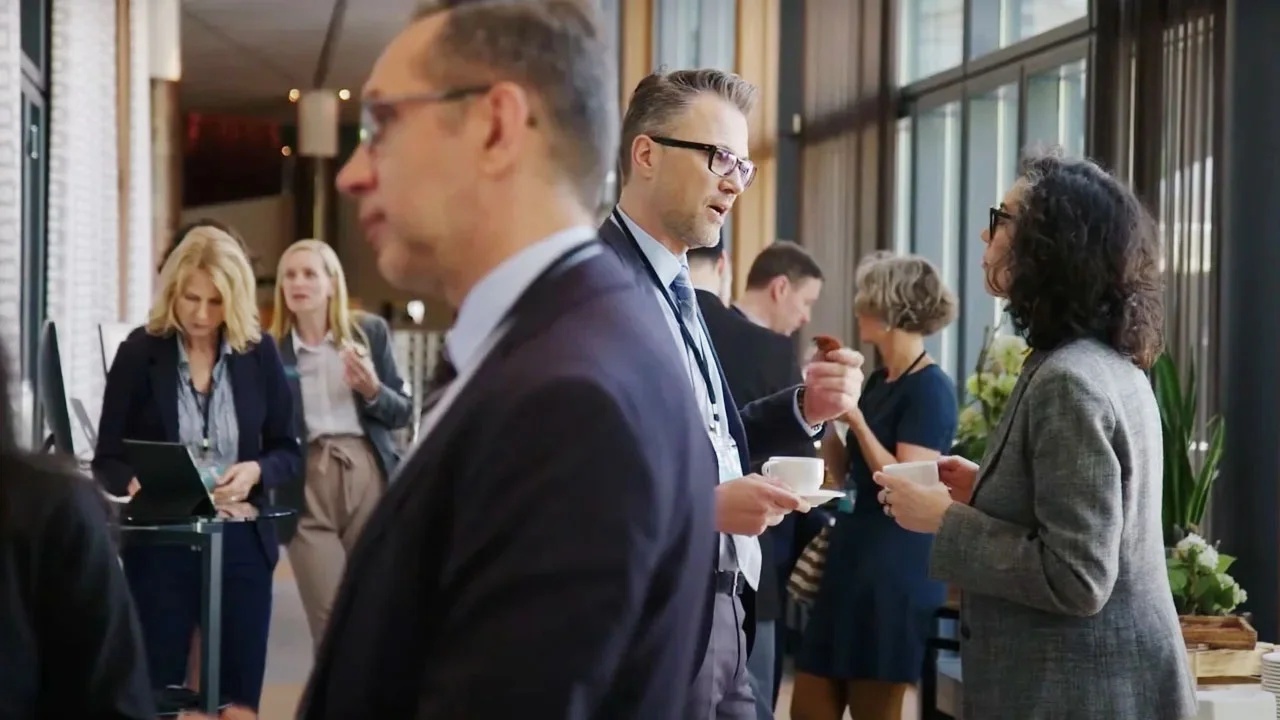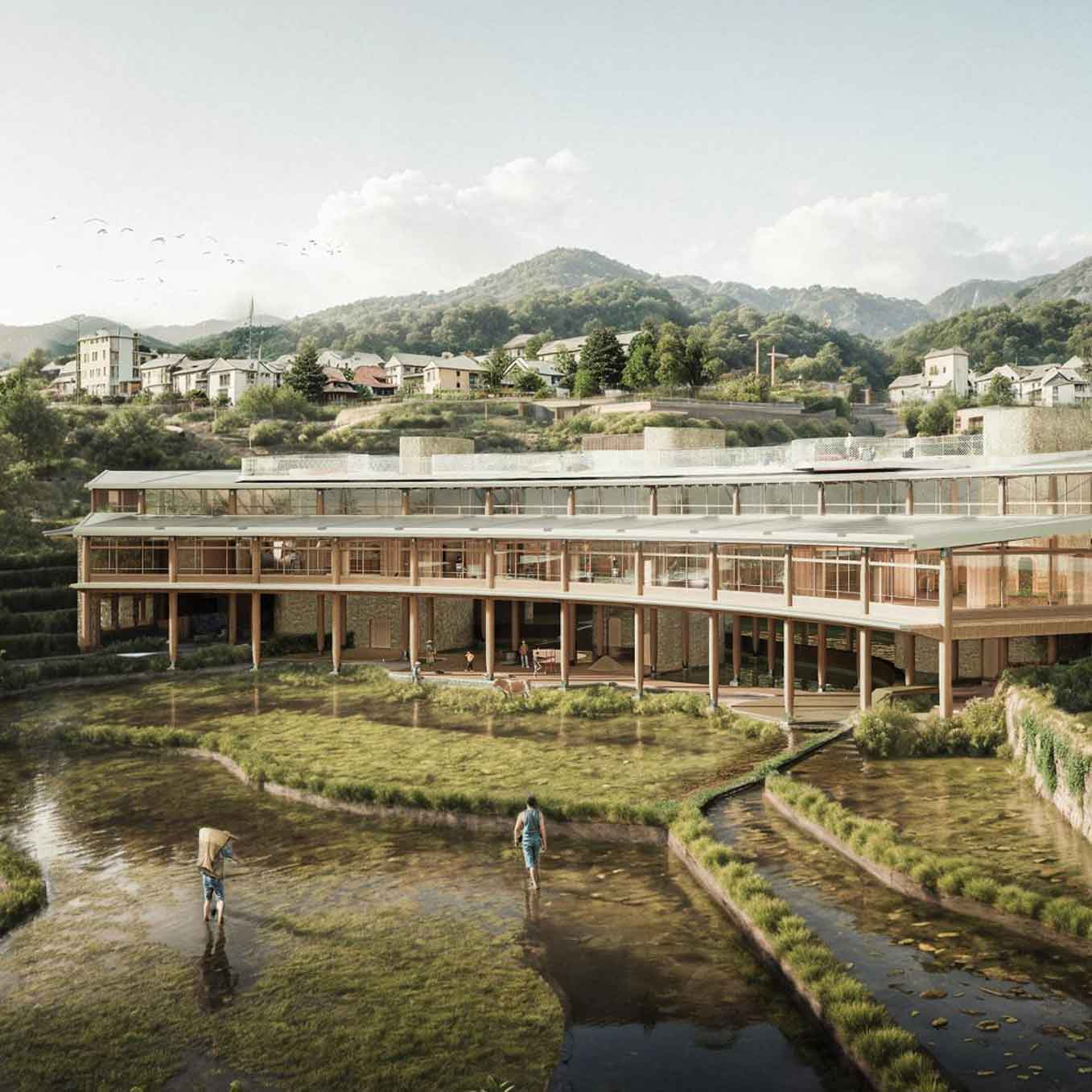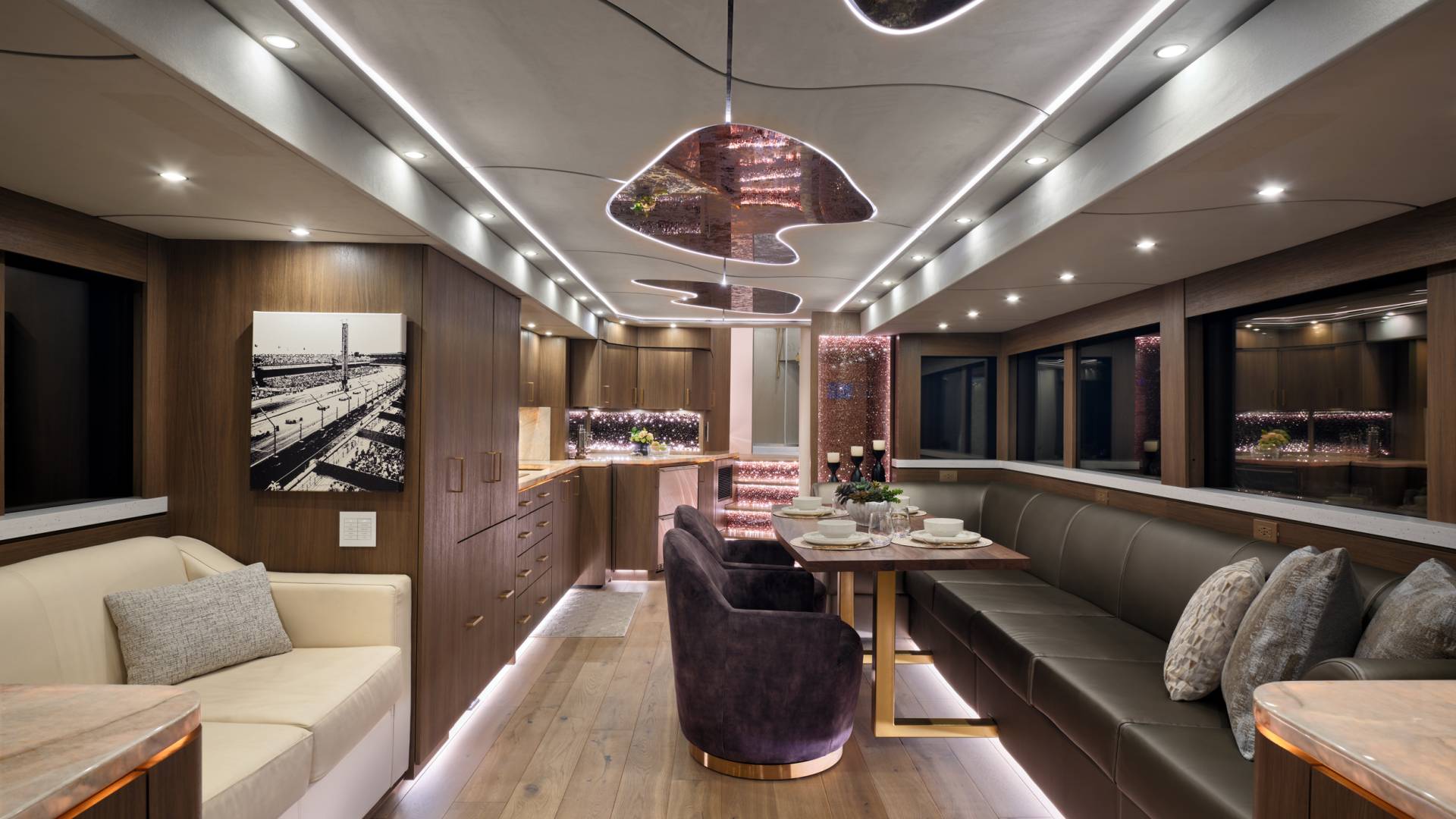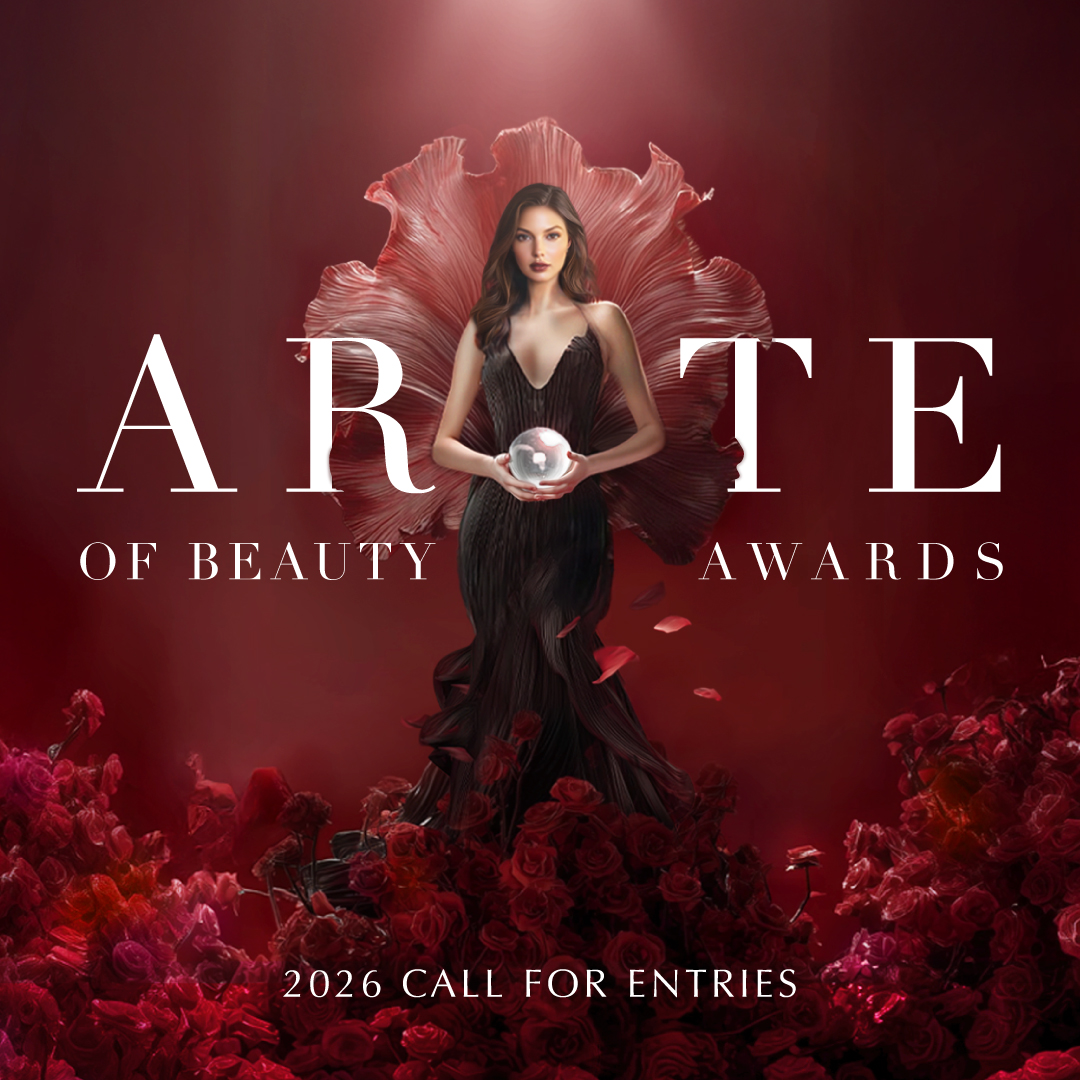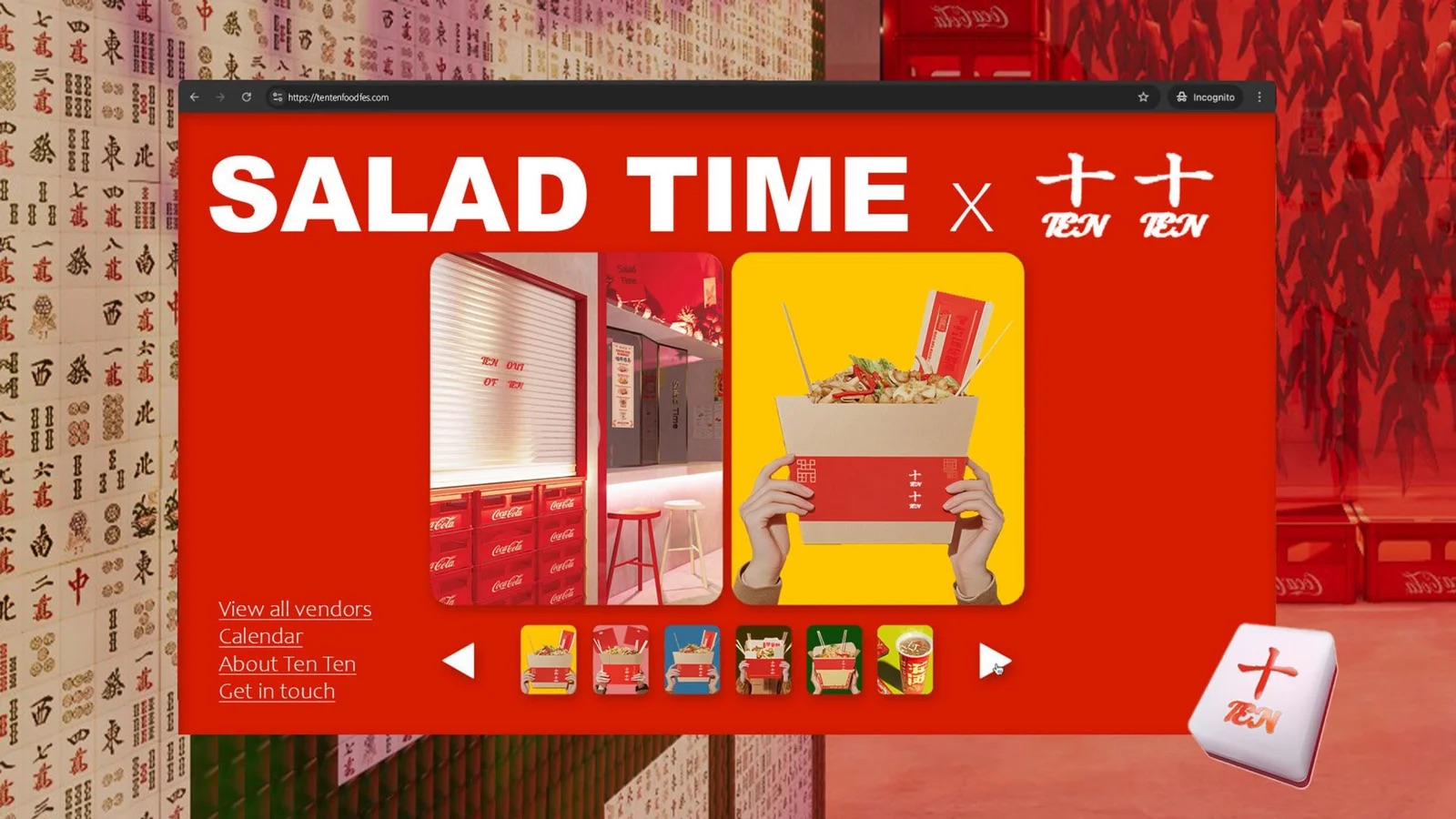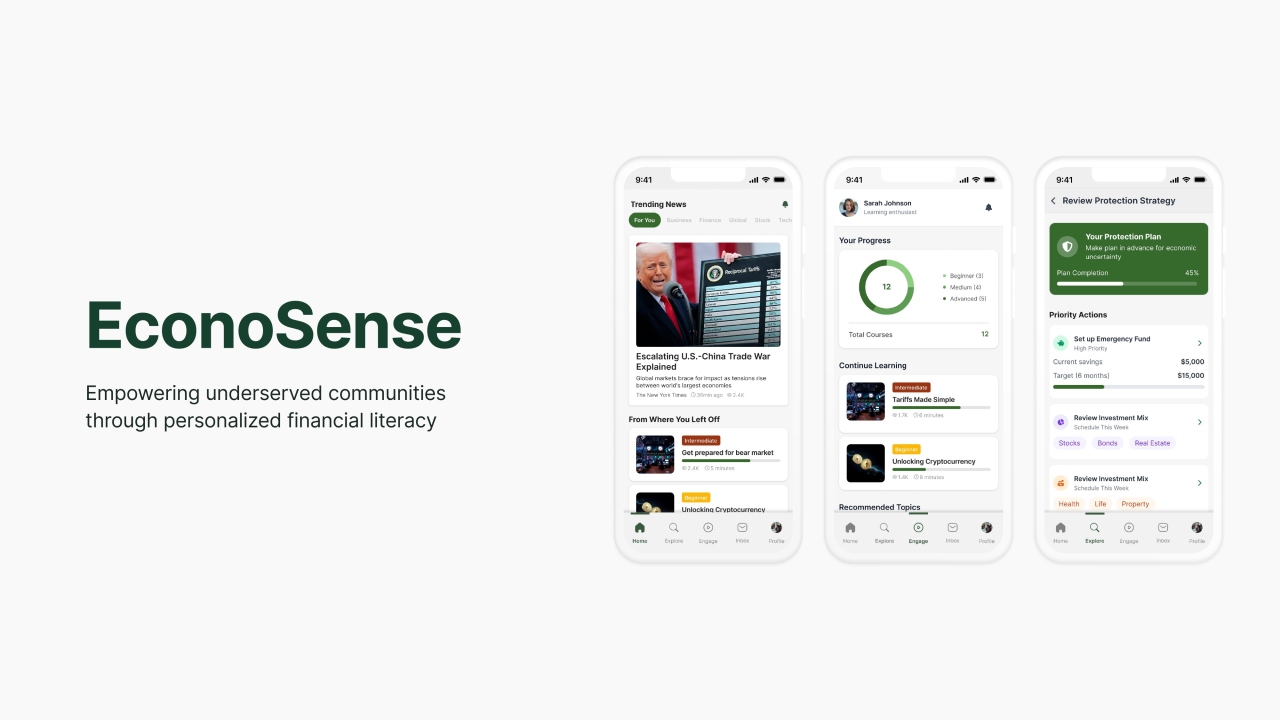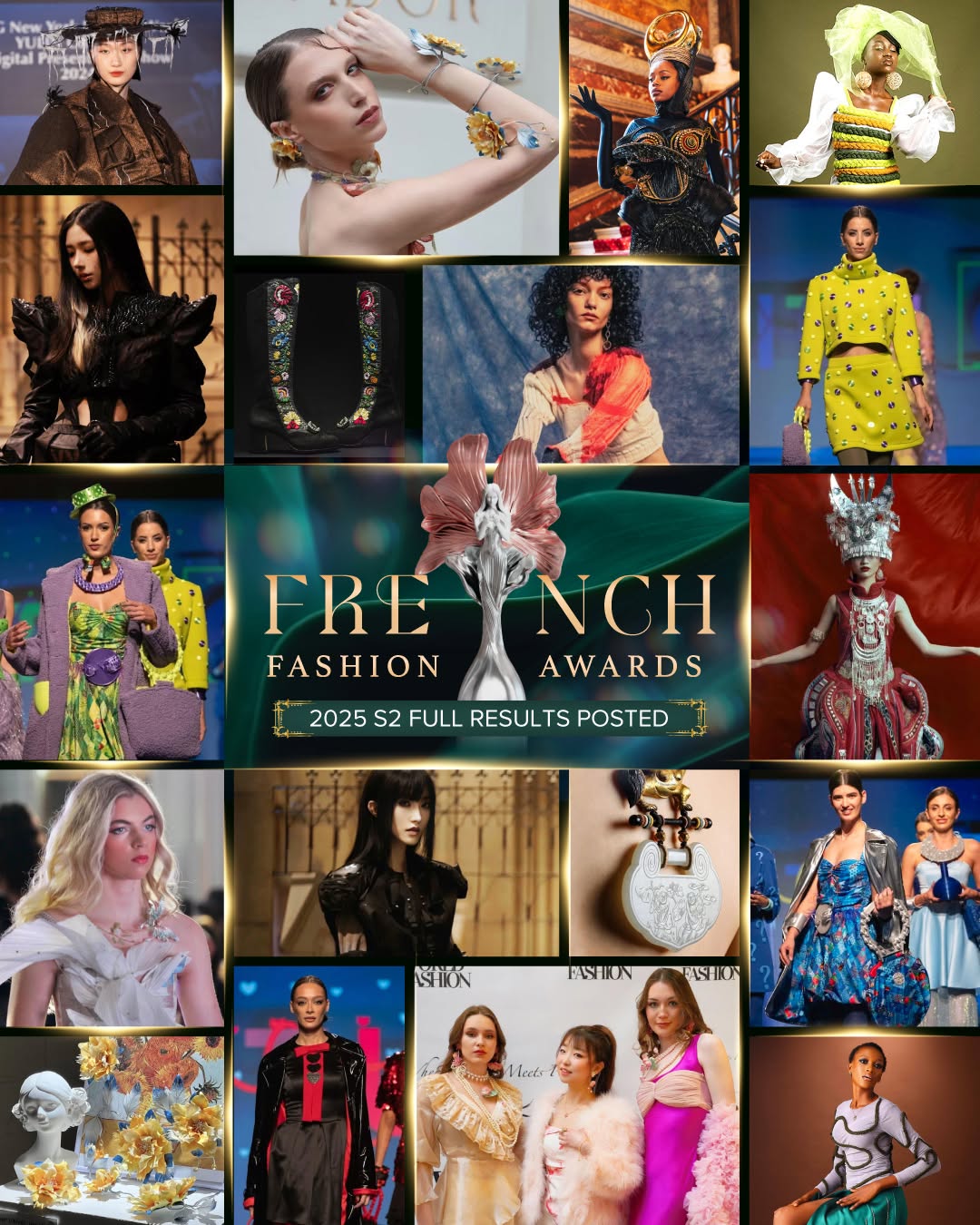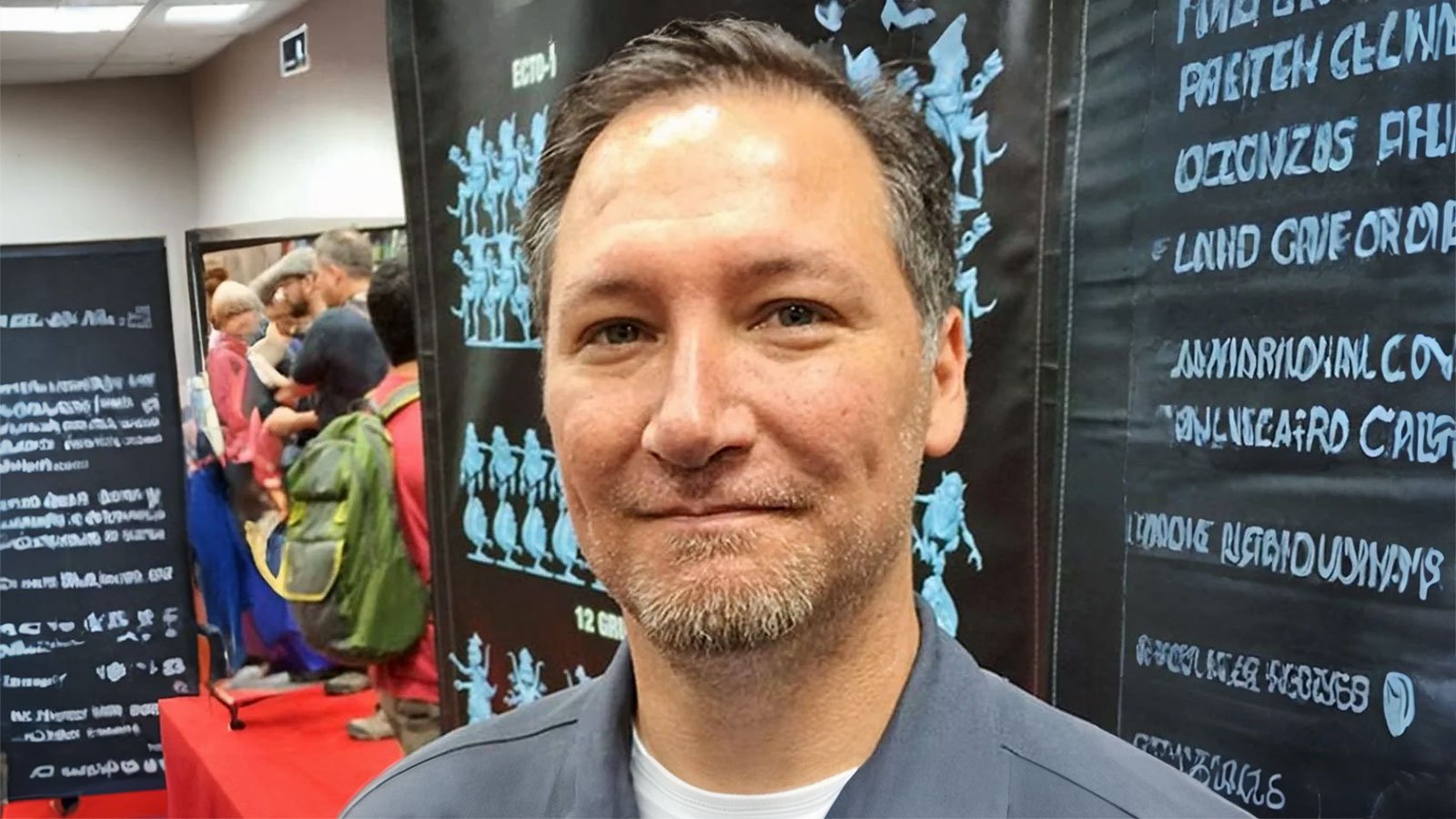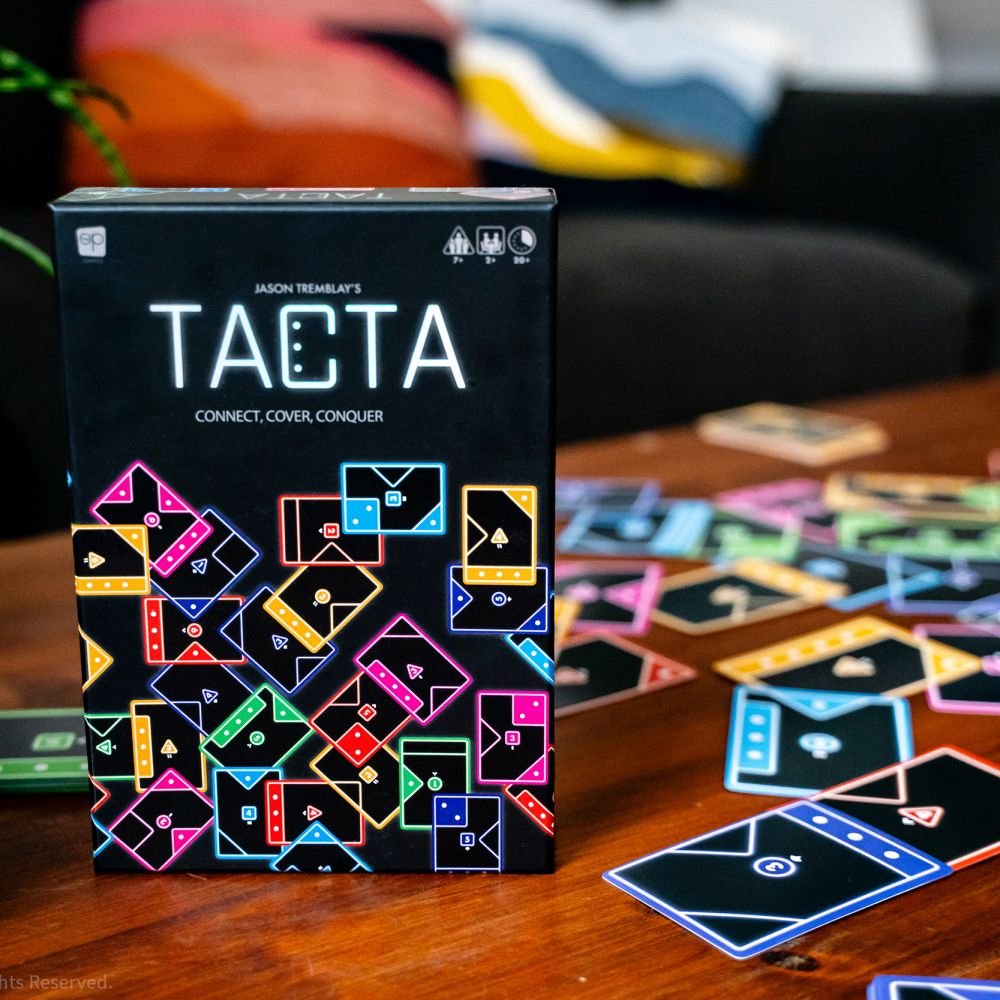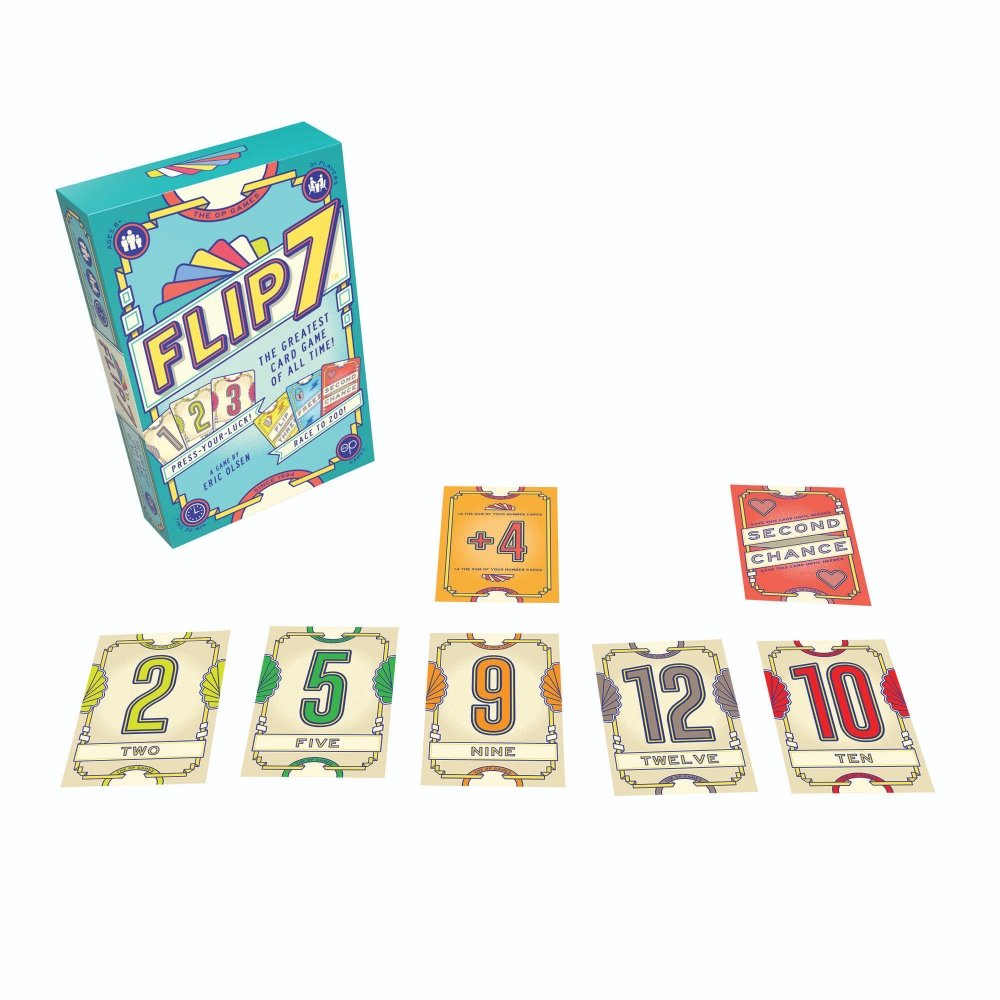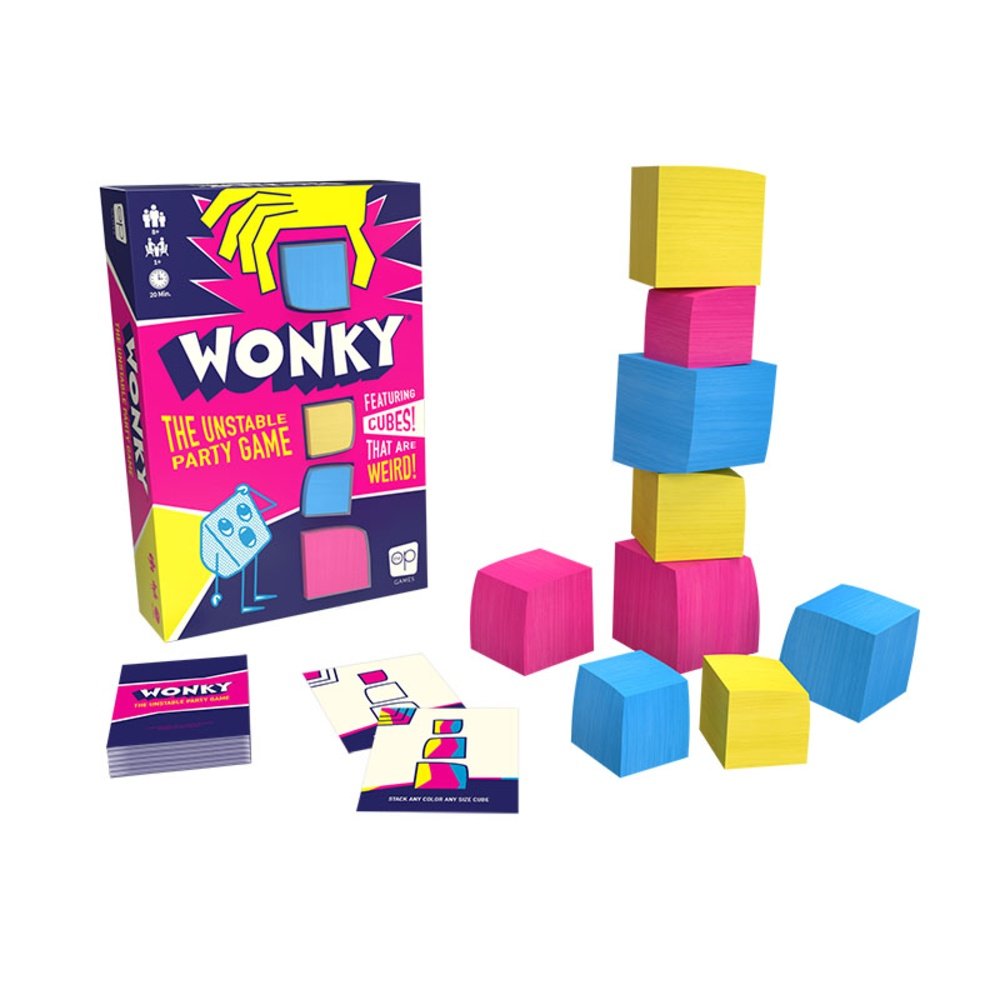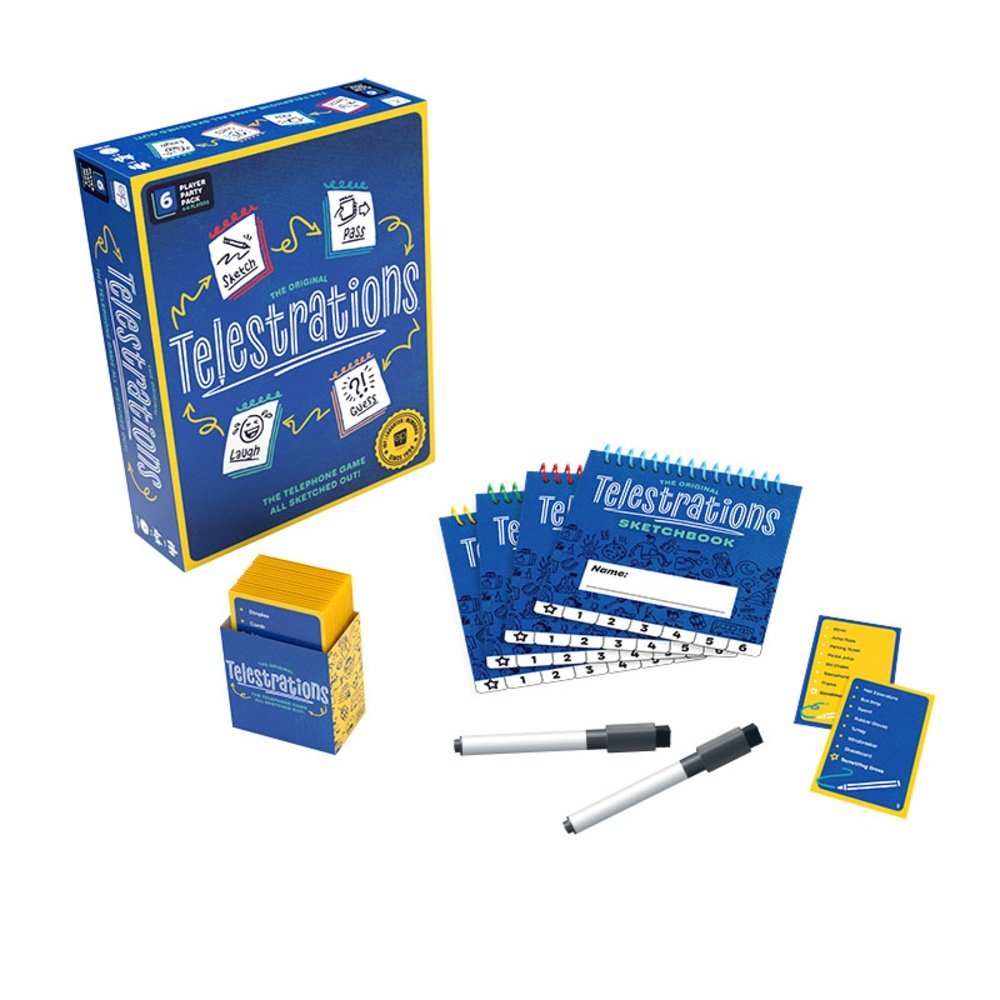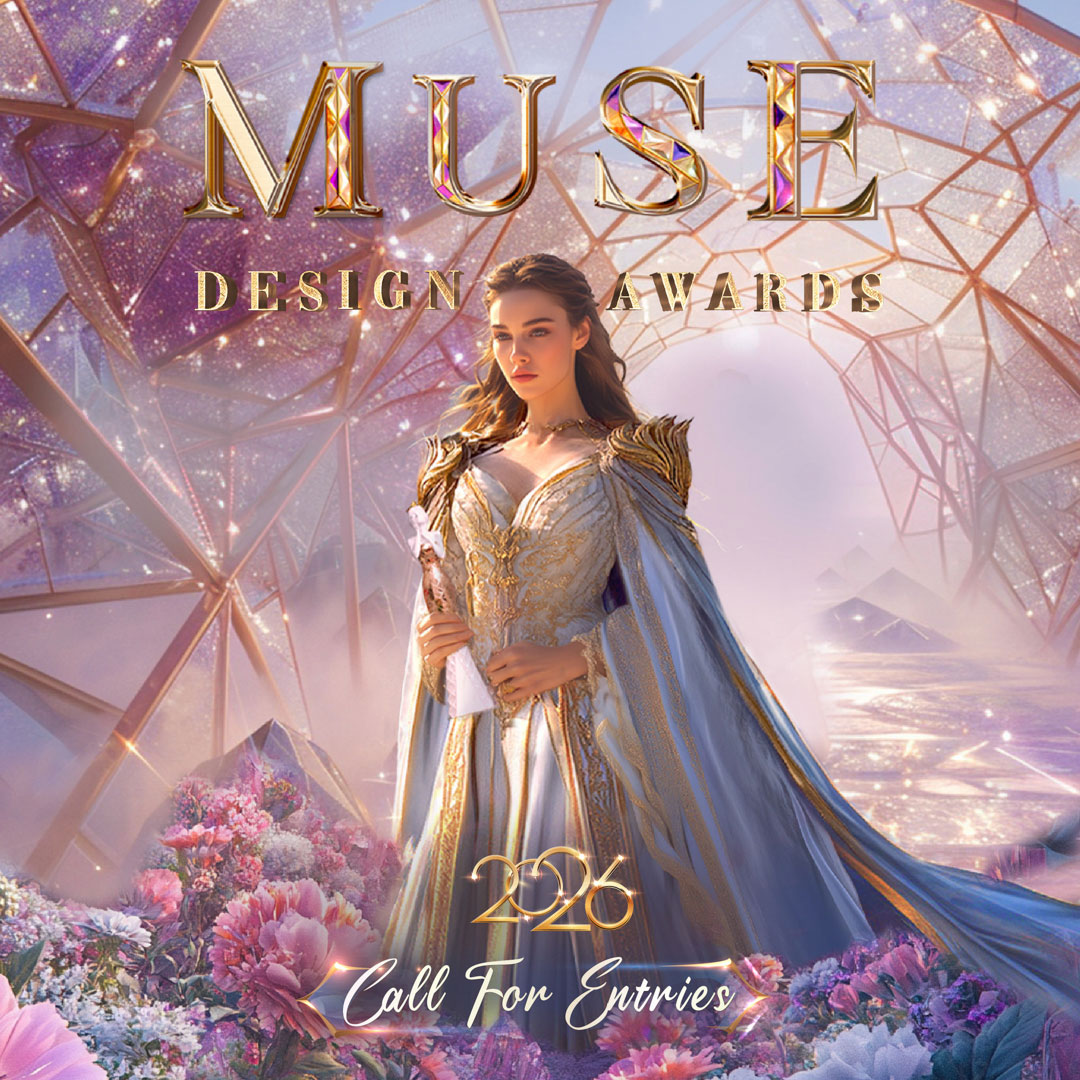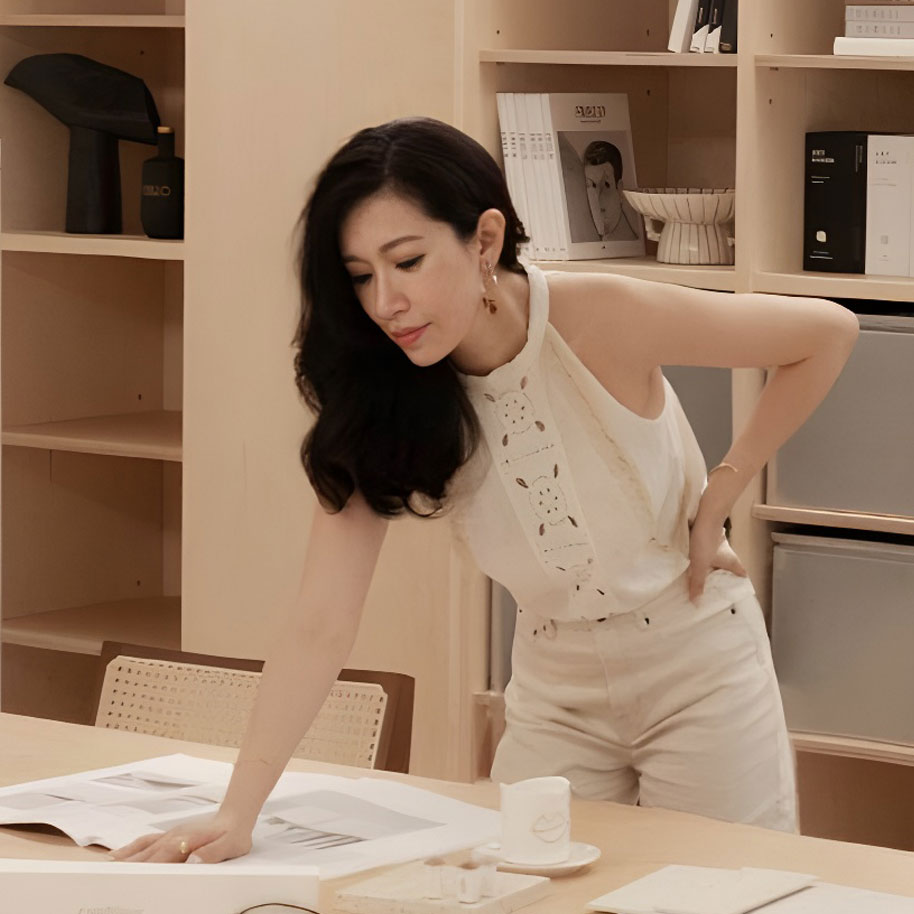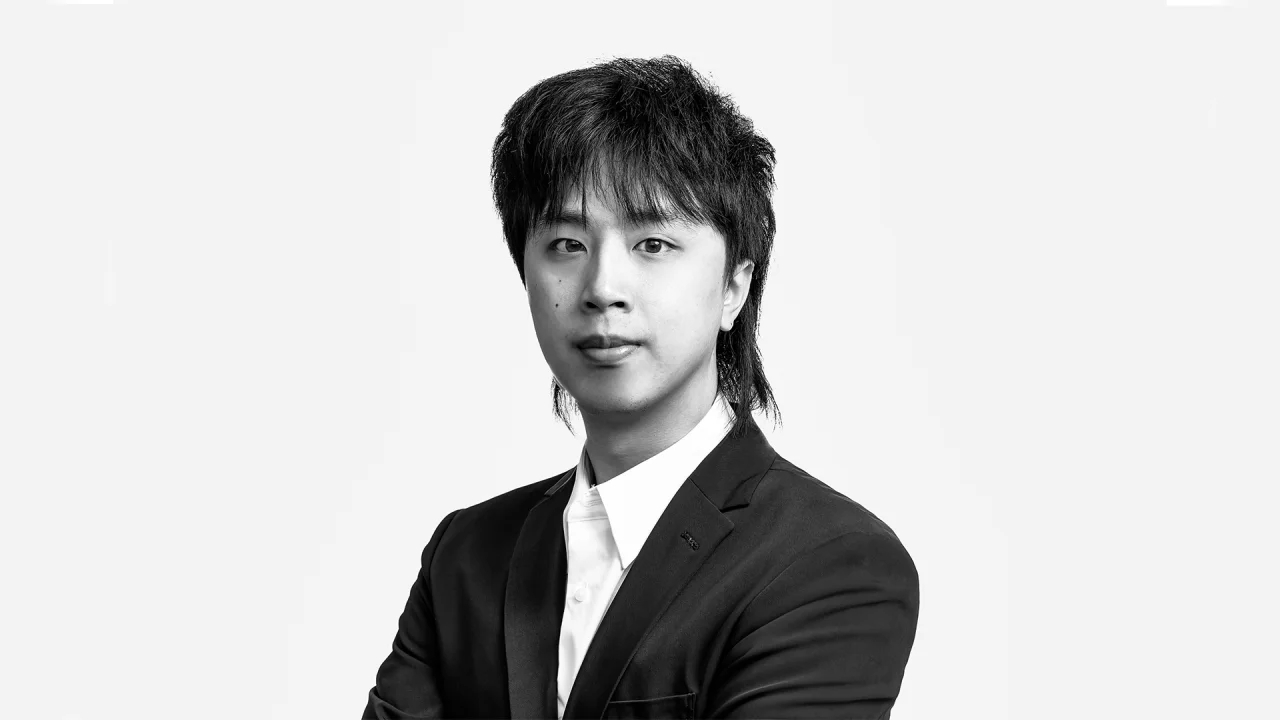Where Passion Meets Play: Adam Sblendorio’s 20-Year Journey in Tabletop Games
Adam Sblendorio
Adam Sblendorio is a veteran in the tabletop industry and currently VP of Product at The Op Games. His work blends thoughtful design with deep fan understanding, especially when working on co-branded titles tied to beloved pop culture franchises like Disney, Hello Kitty and Ghostbusters.
Thank you! I'm Adam Sblendorio, VP of Product at The Op Games. My journey started as a creative in traditional advertising, but I found my calling in the tabletop industry for the past 20 years when I took on a role at USAopoly. Starting on the visual design side and evolving into development and leadership.
That chance turned into a career I'm grateful for every day. I've always been drawn to visual storytelling and experiences, and game design has allowed me to blend those passions in ways I never imagined.
It's an incredible honor. Such awards confirm our team's efforts and highlight the enthusiasm and ideas that go into each product. They are a tribute to all those who contributed to the development of these games.
The accolades that our games receive create new opportunities for our products going forward. It's a powerful promotional tool, affirming for retailers, players, and partners that our products are worth their attention. Internally, it energizes the team and reinforces that our shared commitment to quality and fun makes a meaningful impact.
During the playtesting phase, our team concentrates on experimentation. The main problem with Flip 7 was to change the number of cards and action cards to get the right gameplay. The game looks simple initially, but to get the perfect balance, you must test it multiple times, like making a sauce with exact ingredients.
Honestly, it's the fans. When we work on co-branded titles with beloved IPs like Hello Kitty or Disney, we immerse ourselves in fan communities to understand their expectations and hopes. It's not just about branding—designing a love letter to those fandoms.
Great design is often invisible. People tend to notice flashy art or clever mechanics, but behind every successful game is a mountain of testing, refining, and aligning every element—art, theme, gameplay, price—into a seamless experience. It's not about complexity; it's about intentionality.
Our clients are the players; we never forget that their time and money are precious. So, our ideas always revolve around delivering joy and lasting memories. That mindset keeps our creativity aligned with their expectations—we want to surprise them but also serve them.
The biggest challenge for Flip 7 was simplicity. Getting minimal components to create a rich experience required extensive playtesting. For Gnome Hollow, we needed to streamline the design for manufacturing without compromising its charm. In both cases, the solution was relentless iteration and collaboration.
Creative recharge often comes from exposure—seeing what others are doing, understanding what excites players, and remembering why we fell in love with games in the first place. So I play more games, talk to people, and attend conventions.
I always design with empathy and respect for people's time. Someone is choosing to spend a few precious hours with our game. That responsibility guides how we craft each experience—to ensure it's worthy, meaningful, and fun.
Play as many games as you can, and attend industry events. Talk to designers, publishers, and players. Seek feedback and stay open to change. And above all, keep the player at the center of your design—your goal is to give them a good time.
Shigeru Miyamoto. One of the most creative minds of all time. Would love to see what paths he would take in crafting a game experience with analog components.
"When you feel overwhelmed or unfocused or have lost your focus temporarily, what do you do?"
When this happens, I turn to things I love. In this industry, it’s often playing a classic game. Playing great games makes me want to develop even better games.
Winning Entries
Explore design insights why "Design Is Not a Checklist" - Avi Singh Remarks on Design Excellence here.
ADVERTISEMENT
